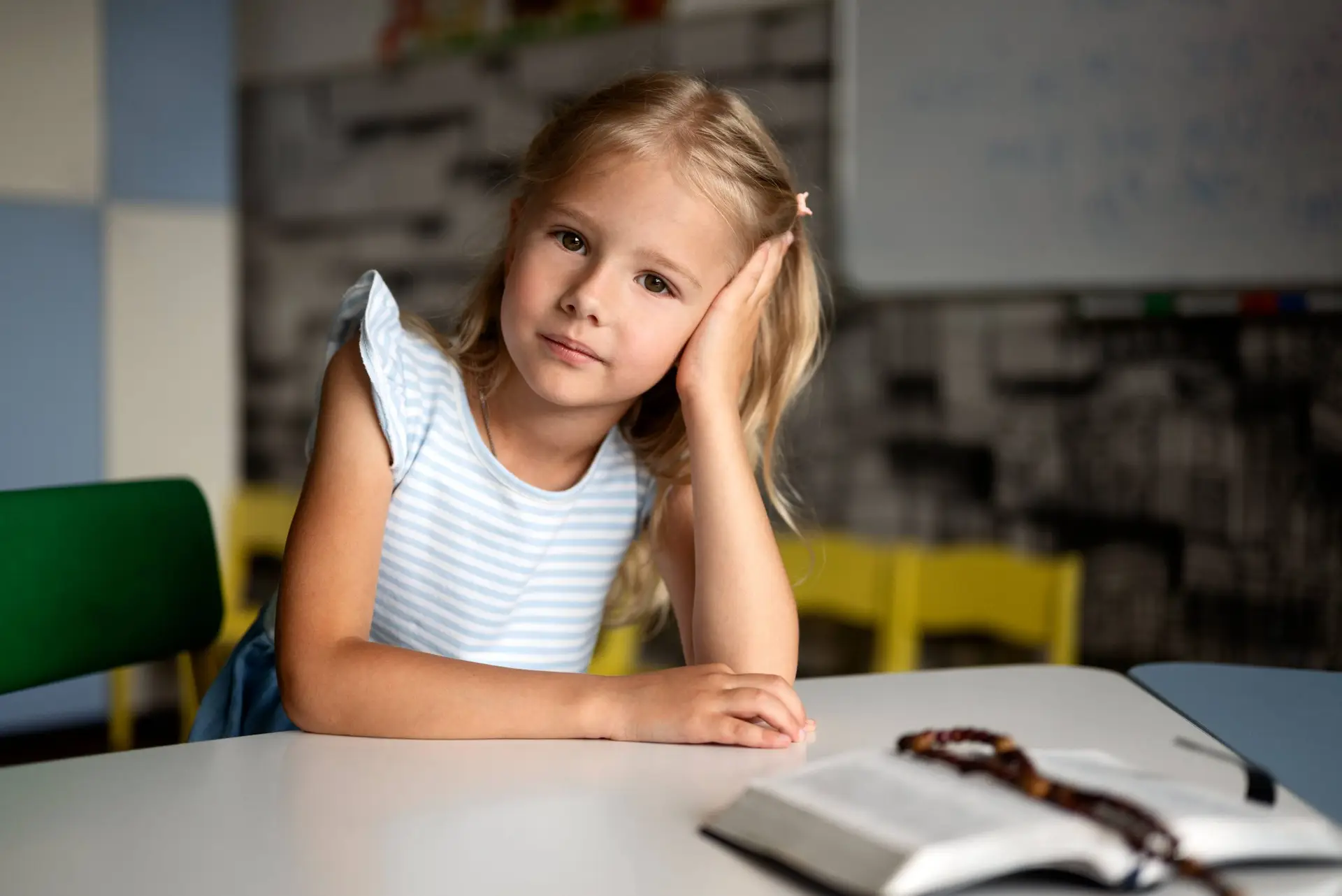10 Problems With Traditional School
According to recent data from the National Center for Education Statistics, private elementary and secondary school enrollment is on the rise. This should come as no surprise, as parents are becoming increasingly aware of the public educational system’s many shortcomings and the lack of will (or ability) to make impactful improvements.
As educational demands evolve, the limitations of traditional public schooling become increasingly apparent but remain unchanged. These schools often can’t meet each student’s unique needs because they stick to old ways that don’t work. We need new solutions to get students ready for a changing and unpredictable future.
Here are some of the main challenges they face:
- One-Size-Fits-All Approach: Traditional schools often implement a standardized method that fails to meet individual student needs. An effective solution involves adopting personalized learning approaches that recognize and nurture each child’s unique capabilities. ¹
- Lack of Real-World Skill Integration: Public education frequently prioritizes theoretical knowledge over practical application. Integrating real-world skills into the curriculum can bridge this gap, making learning more relevant and engaging.²
- Inadequate Training and Support: Teachers in many public schools lack sufficient resources and support. Providing robust professional development and resources is essential for empowering educators to deliver high-quality education.³
- Overcrowded Classrooms: Large class sizes hinder personalized attention. Reducing student-to-teacher ratios can enhance individual learning experiences and academic outcomes.⁴
- Outdated Curriculum: Many curriculums do not reflect the latest advancements. Updating educational content regularly and integrating current technologies and methodologies can better prepare students for future challenges.⁵
- Lack of Technological Integration: In a digital age, integrating advanced technology into learning is crucial. Schools need to embed digital tools and resources across subjects to enhance learning and prepare students for a technological world.⁵
- Emphasis on Rote Learning: Relying on memorization limits critical thinking and problem-solving skills. Emphasizing applied learning and understanding over rote memorization can foster deeper intellectual engagement and innovation.⁵
- Lack of Emotional and Mental Health Support: Emotional and psychological support in schools is often lacking. Implementing comprehensive mental health programs and support systems can significantly improve student well-being and academic performance.⁶
- Lack of Hands-on and Experiential Learning: Many schools offer limited active learning opportunities. Incorporating hands-on and experiential learning fosters better engagement and retention, preparing students for the practical application of their knowledge.⁷
- Resistance to Change in Standard Public Education: The educational system is often slow to adopt new practices. Schools need to remain agile, continuously innovating and adapting to incorporate proven educational practices that enhance student learning and preparation for the modern world.²
To truly prepare our students for the world ahead, our educational approaches must evolve. By introducing more personalized learning and better technology, and by supporting our students’ mental and emotional health, we can create a more effective and empowering educational environment. Let’s ensure every student has the opportunity to succeed.
Sources
1: Arroyo, J. (2021, September 7). The future of education and why a one size fits all approach isn’t best • SEN Magazine. SEN Magazine.
2: Yiannouka, S., & Mouhyi, Z. (2018, April 3). There is no one-size-fits-all school model: Developing a flexible and innovative education ecosystem. Brookings.
3: Teachers need our support. (2022, May 24). Harvard Graduate School of Education.
4: Linnell-Olsen, L. (2021, January 9). When There Are Too Many Students in Your Child’s Class. Verywell Family.
5: Why schools should teach the curriculum of the future, not the past. (2020, February 7). World Economic Forum.
6: US Department of Education. (2022). Supporting Child and Student Social, Emotional, Behavioral, and Mental Health Needs.
7: Miriam. (2021, August 26). The importance of Hands-On learning. The Thinking Kid.
